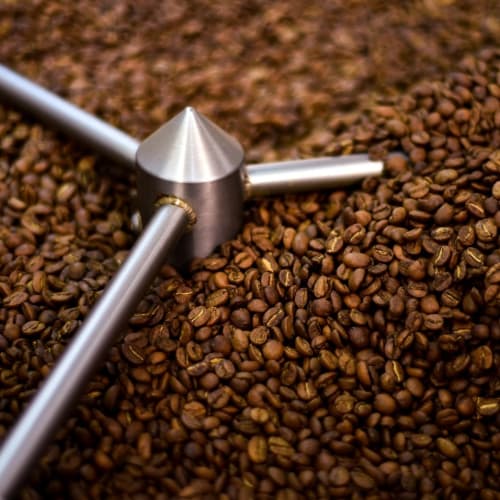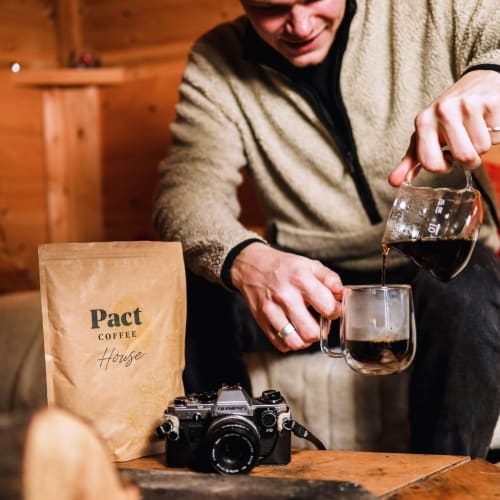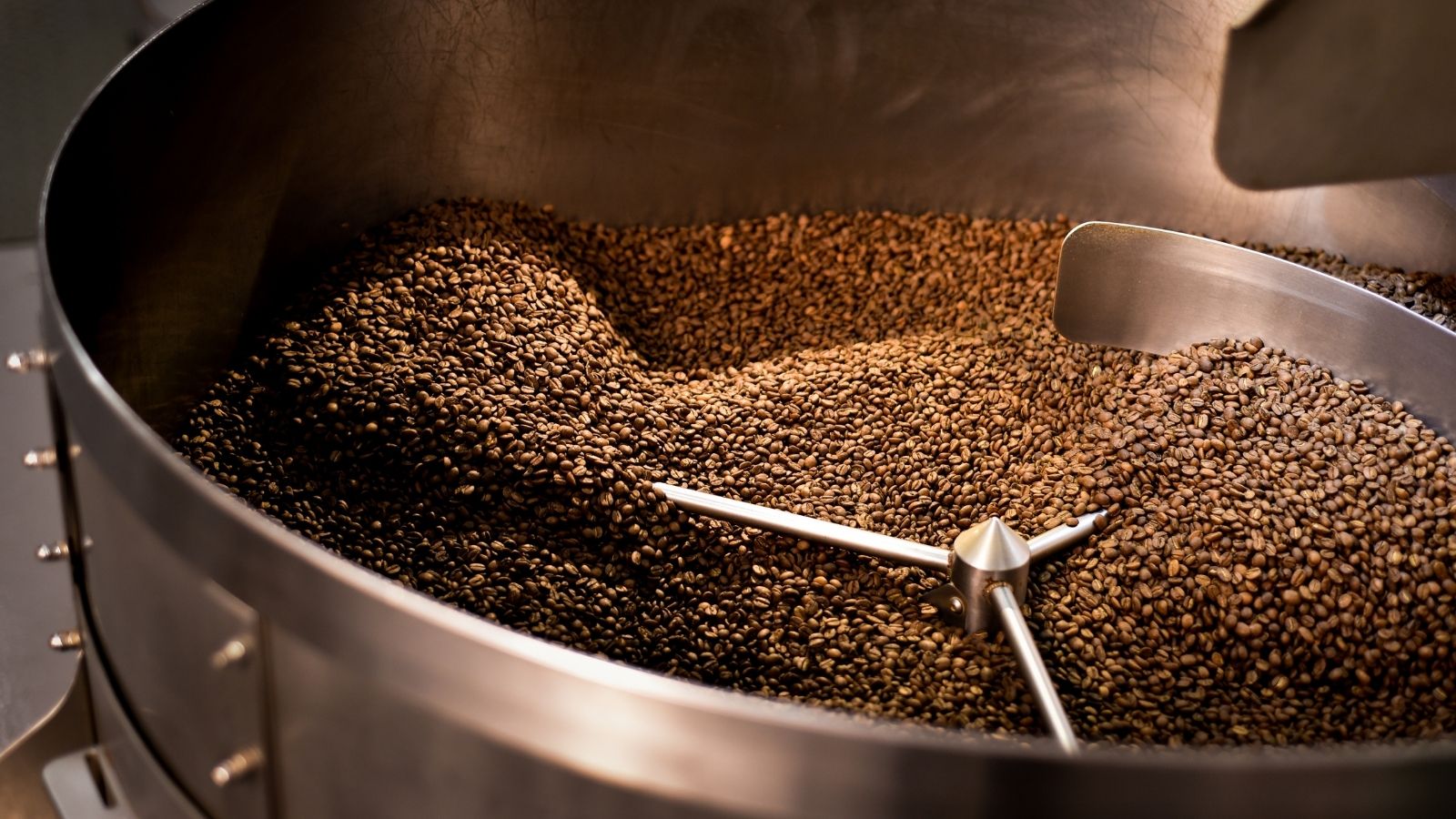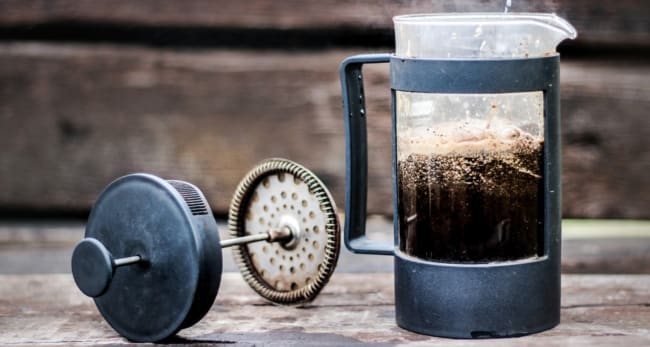If you’re a coffee drinker, chances are you’ll have seen the terms single origin or blend. If you’ve ever wondered what these labels really mean, and which coffee is the best – then you’ve come to the right place! Read on to arm yourself with all the knowledge you’ll need to make your coffee choices fully informed.
What is single origin coffee?
Single origin coffee quite simply means: coffee that has come from one country. When green (pre-roasted) coffee is imported, it always arrives as single origin. That being said, the label single origin alone is not an indicator of quality or speciality status. However, theoretically, it should mean you are tasting the characteristics unique to that specific region.

What is a coffee blend?
The reason why single origin coffee exists as a term at all, is because the vast majority of coffees in the world are a blend. Most roasters purchase coffee from different origins and then blend and roast them together, which helps to produce a more consistent taste and flavour profile. The purpose of this is mainly to reduce and control the cost of production.
The problem with most coffee blends
As the priority for most supermarkets and roasters is often to control costs and save money, unfortunately it follows that most blended coffees are not of the highest quality. Blended coffees tend to have a lot of defects and be of bad quality, which are then covered up by over-roasting the beans so that everything tastes burnt. Think of overroasting beans like a piece of toast. If you lightly toast a piece of bread, you’d be able to tell the difference between say, a sourdough, and your average supermarket loaf. However if you burn that toast to a crisp, both bread types will inevitably end up tasting the same. Sadly, this has become standard practice in the coffee industry to the point where many people assume they enjoy dark, over-roasted coffee because that’s the norm offering.
This method flattens out the more intense characteristics and also covers up its origin – so there’s essentially no traceability with these coffees.
Which is best for you?
As a rule of thumb, single origin coffee is best for brewed coffee and blends are better for espresso - let us explain why!

Why is single origin best for brewed coffee?
When it comes to producing coffee for brewing – such as for a V60, AeroPress or Cafetiere – we want to offer our customers transparency and deliver a coffee that represents the natural characteristics of the origin it came from.
To be able to provide this and still maintain the same level of consistency, we created 4 flavour categories. This is to make it easier for you to always find a coffee that you’ll love – whether it be fruity, chocolate, fruity floral or chocolate fruit.
Much like music genres, everyone will have their favourite category. So, if you really like a particular coffee, check which category it’s from and you should always find a similar single origin coffee that you’ll enjoy!
Are single origin coffees good for espresso?
On the other hand, with espresso coffees we’d recommend choosing a blend – simply because it’s very tricky to create a great tasting espresso with a single origin coffee.
The reason for this is that the espresso brewing method is pretty harsh. Most coffee is well balanced, but when you brew it as an espresso it’s essentially like putting it in an amplifier. Even high-quality coffees can become wildly unbalanced – with a flimsy body, too little acidity or a one-note flavour profile.
A blended espresso allows us to find complimentary flavour characteristics. Judged correctly, the coffees become better than the sum of their parts – well rounded and delicious to drink.
What other terms are there?
There are a couple of other words you might see when shopping for coffee:
Single Estate
This is coffee that comes from one farm or growth area – but again, this doesn’t guarantee quality. Many of our coffees are single estate, which you’ll be able to check from the farmer info we share on our coffee cards and website.
Micro-Lot
This refers to coffee that is grown in small lots - and therefore represents some of the rarest coffee in the world. Our Micro-Lots are also the highest scoring coffee’s we offer, with more unusual tasting notes.
How Pact sources single origin coffee vs. blends
Whether it’s single origin or a blend, we pay farmers an average of 65% above the Fairtrade base price.
We establish long-term relationships with farmers and work with them closely year on year - this enables us to ask farmers to produce specific lot sizes within a certain time frame.
By blending a coffee, we can increase the sweet spot of brewing, which produces a final product that is more forgiving when brewed. Single estate coffees require a lot of skill to get right, but you can always rest assured that our experts have used all their knowledge and experience to bring you the very best single origin cup possible.
Read more
For in-depth coffee knowledge, take a look at our A-Z of Coffee Terms.
You can also check out our 2020 Transparency Report for a deep dive into how we’re working to transform the industry from the inside out.







